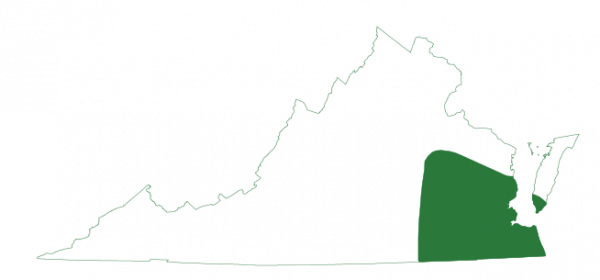Fact File
Scientific Name: Hyla squirella
Classification: Amphibian
Size: Up to 1.6 inches
Identifying Characteristics
This small frog is extremely variable in color and pattern, ranging from nearly unicolor to various mottled shades of green and brown. There is often a dark spot or bar between the eyes. There may be a light stripe along the side of the body. It lacks the gold flecks often seen in Green Treefrogs.
Distribution:
This species is found only in the eastern half of the state. It frequently occurs near dwellings, gardens, thickets, and wells.

Did You Know?
Another common name is “rain frog” as they will often start to call after a drop in barometric pressure from an approaching rain storm.
Role in the Web of Life
This species breeds from April-August in a variety of habitats including marshes, grassy ponds, ditches, and shallow pools. Although primarily nocturnal, they can be heard calling during the day. The advertisement call is a nasal, raspy waak, waak, waakand sounds much like the alarm call of a gray squirrel. A single female may deposit more than 1,000 eggs.
Conservation
Species appears to be secure in Virginia.
Last updated: January 22, 2024
The Virginia Department of Wildlife Resources Species Profile Database serves as a repository of information for Virginia’s fish and wildlife species. The database is managed and curated by the Wildlife Information and Environmental Services (WIES) program. Species profile data, distribution information, and photography is generated by the Virginia Department of Wildlife Resources, State and Federal agencies, Collection Permittees, and other trusted partners. This product is not suitable for legal, engineering, or surveying use. The Virginia Department of Wildlife Resources does not accept responsibility for any missing data, inaccuracies, or other errors which may exist. In accordance with the terms of service for this product, you agree to this disclaimer.

